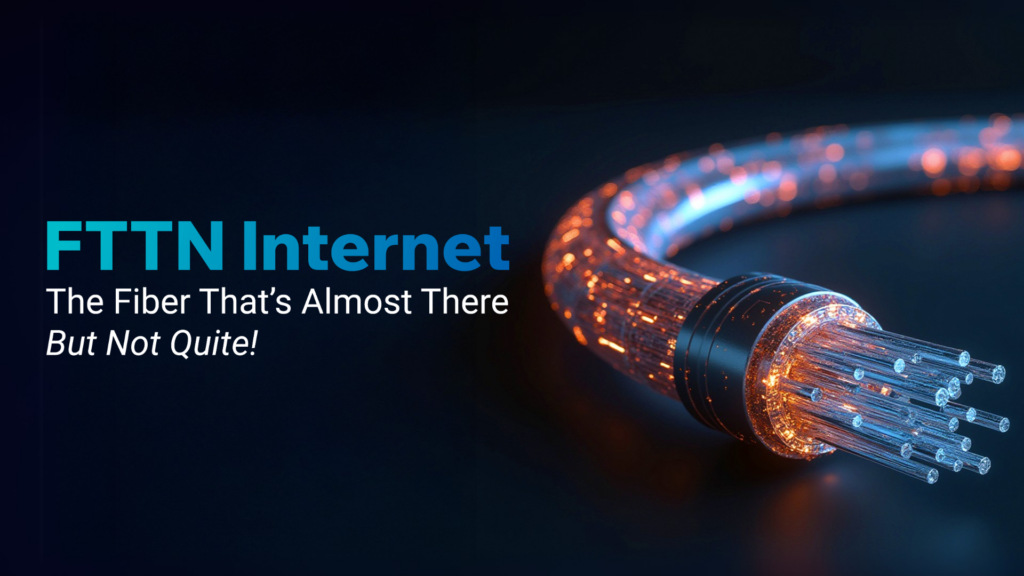
As fiber-optic internet continues to expand, different variations of fiber deployment have emerged to balance cost, speed, and accessibility. One of these is FTTN (Fiber to the Node)—a technology that brings fiber closer to users while still utilizing copper for the final leg of the connection. But how does it compare to full fiber (FTTH) and other broadband technologies? Let’s explore.
What Is FTTN?
FTTN stands for Fiber to the Node, meaning fiber-optic cables extend from the service provider’s core network to a distribution point (or “node”) in a neighborhood. From there, the connection continues to individual homes or businesses using existing copper infrastructure, such as DSL or coaxial cables.
This hybrid approach allows for higher speeds than traditional DSL but does not match the full performance of FTTH (Fiber to the Home), where fiber reaches directly into residences.
How Does FTTN Compare to Other Technologies?
| Technology | Fiber Reach | Last-Mile Connection | Typical Speeds | Latency |
|---|---|---|---|---|
| FTTH (Fiber to the Home) | 100% fiber to the residence | Full fiber | 1 Gbps+ | Low |
| FTTN (Fiber to the Node) | Fiber to a local node | Copper (DSL/Coaxial) | 50–250 Mbps | Moderate |
| DSL | No fiber | Copper (telephone lines) | 5–50 Mbps | Higher |
| Cable Internet | Fiber backbone | Coaxial cable | 100 Mbps–1 Gbps | Moderate |
Advantages of FTTN
✅ Faster than DSL – FTTN significantly improves speeds compared to legacy DSL connections.
✅ More widely available – Since it uses existing copper infrastructure, deployment is faster and less expensive than full fiber.
✅ Lower cost than FTTH – ISPs can offer competitive pricing by leveraging both fiber and copper.
Limitations of FTTN
❌ Slower than full fiber – Copper lines limit speed and increase latency compared to FTTH.
❌ Speed depends on distance – The farther your home is from the node, the slower your connection may be.
❌ Subject to network congestion – Shared bandwidth in copper networks can lead to fluctuations in speed.
Is FTTN Right for You?
FTTN is a solid option if FTTH isn’t available in your area and you need a faster, more stable connection than DSL. While it doesn’t provide gigabit speeds like full fiber, it’s often a cost-effective and widely available alternative that balances performance and affordability.
As fiber expansion continues, some areas may see FTTN upgraded to FTTH over time. If speed and low latency are critical for your needs (e.g., gaming, 4K streaming, remote work), you may want to check if FTTH or other high-speed alternatives are available in your area.



